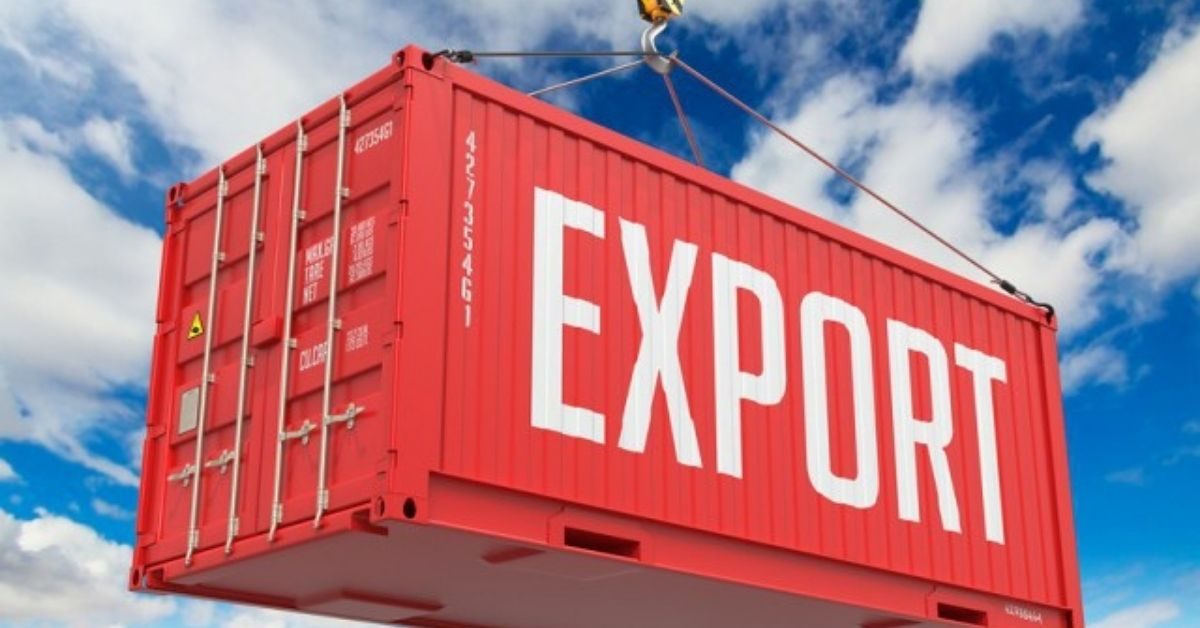Bangladesh Bank Sunday trimmed EDF lending to exporters, which is seen by many as a latest belt-tightening measure suiting IMF loan prescription related to arithmetic of the country’s foreign-exchange reserves.
There are broadly three categories of imports eligible for the financing facility introduced in 1989 for import of raw materials for manufacturing exportable goods.
They are general imports brought under the back-to-back letter of credit, members of the BGMEA, BKMEA, and leather exporters as well as the bulk imports by textile millers and dyeing- yarn makers.
The ceiling has now been reduced on average by US$5.0 million from each category.
Md Sarwar Hossain, director at the foreign-exchange policy department of the BB, signed the circular trimming the Export Development Fund or EDF entitlement.
According to the circular, for the general back-to-back LC imports, the new ceiling is $ 10.00 million, down from $15.00 million, for input procurement against relevant export orders.
The limit for import financing under back-to-back LCs by individual member-mill of the BGMEA and the BKMEA is set at $ 20.00 million instead of $25 million and $15.00 million from $20 million respectively.
This category is an individual exporter of leather goods and footwear sector. Here it also has been cut by $5.0 million to $15.00 million.
In addition, in the case of bulk import, the maximum eligible limit by a member of eligible associations is revised down to limit by $5.0 million:
The cap for Bangladesh Textile Mills Association (BTMA) is $20.00 million and BDYEA (Bangladesh Dyeing and Yarn and Exporters Association) $10.00 million.
“Other relevant instructions on the Export Development Fund shall remain unchanged,” says the central bank in the circular.
According to a foreign-exchange circular No. 45, dated December 31, 2017, authorised dealers can borrow US-dollar funds from EDF against their foreign-currency loans to manufacturers-exporters for input procurement.
People familiar with the developments told the FE that the IMF wants Bangladesh to retain foreign- exchange reserves above $31 billion. Once the EDF is reduced, the amount thus saved goes into the foreign-exchange reserves to raise its position.
The reserves stood at $31.24 billion on April 5, down nearly 30 per cent from $44.22 billion a year earlier, Bangladesh Bank data showed. The EDF was an effective programme of Bangladesh and it helped the exporters widen their shipments, economists said.
Dr Ahsan H. Masnur, executive director of the Policy Research Institute of Bangladesh (PRI), told the FE that EDF is an effective programme in Bangladesh and the country now needs to keep its usable foreign-exchange reserves vibrant.
“It is unfortunate that the programme now has to trim significantly to support the foreign-exchange reserves.”
Dr ZAhid Hussain, former lead economist of the World Bank, told this correspondent that this is now necessary to reduce it for the sake of the reserves.
He also mentioned some poor governance issue relating to the EDF. “There are some defaults on the loans,” Dr Hussain said.
Md. Nazrul Islam, vice president of the BGMEA, told the FE that the reduction in the EDF facility is a new challenge for them amid the ongoing challenges stemming from the war in Ukraine.
“We will face huge pressure from the banking sector as a result of the reduction in the EDF facility.”
He mentions that they usually settle bank-related liabilities by taking loans from the EDF. The bulk importers used to borrow by means of the EDF to procure raw materials.
“They will be impacted and it will ultimately affect our sector,” says the main export-industry leader.
However, the BB has taken a number of measures recently to contain the volume of the EDF.
Currently, the EDF outstanding just amounts to $5.2 billion. The BB move in March was the introduction of the penalty of 4.0 per cent on the banks’ overdue amount of loans disbursed from the Export Development Fund (EDF).
If the loans and interest are not repaid by the deadline, the Bangladesh Bank can debit the overdue amount from the foreign-currency-clearing accounts that the authorised dealer (AD) banks maintain with it.
The BB said it has been observed that the EDF loans are not being realised in accordance with its instructions.
In early January, the central bank formed the Tk100 billion worth of export-facilitation fund as an export pre-finance scheme with the revolving fund under a government drive for propping up reserves.
This is actually an alternative fund to the EDF.
The central bank has brought down the volume of the EDF to slightly over $5.2 billion from about $7.0 billion seen before Bangladesh’s foreign-currency reserves started coming under pressure owing to a surge in import bills in the middle of 2022 in the wake of global price spikes.








